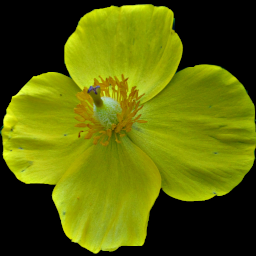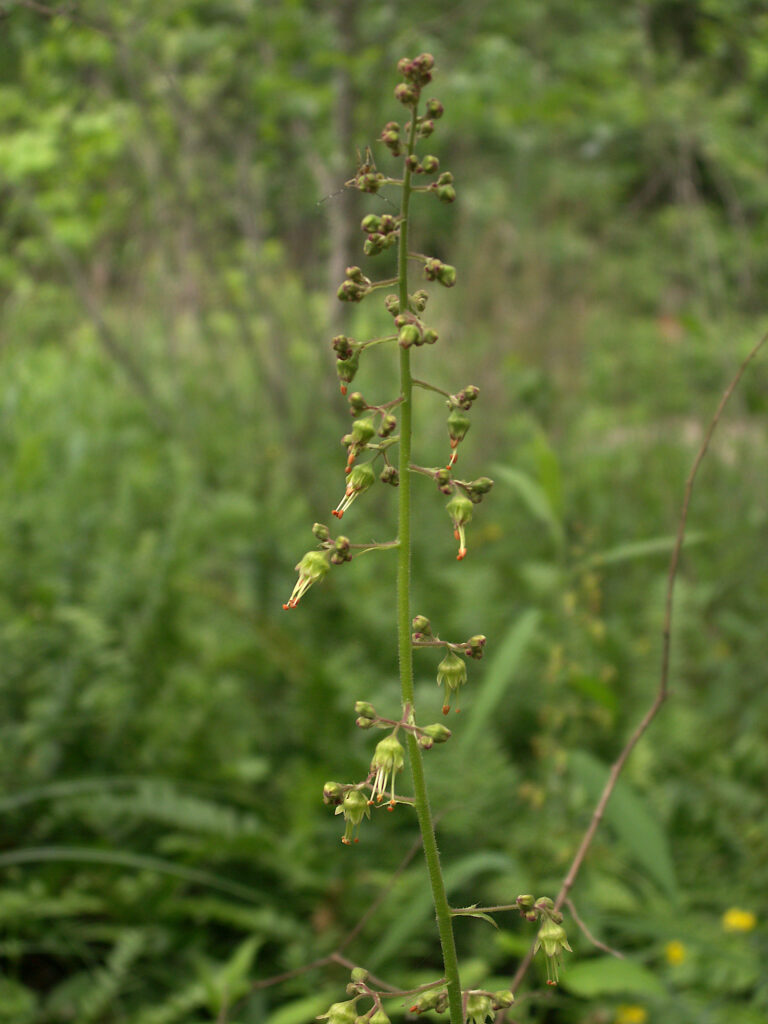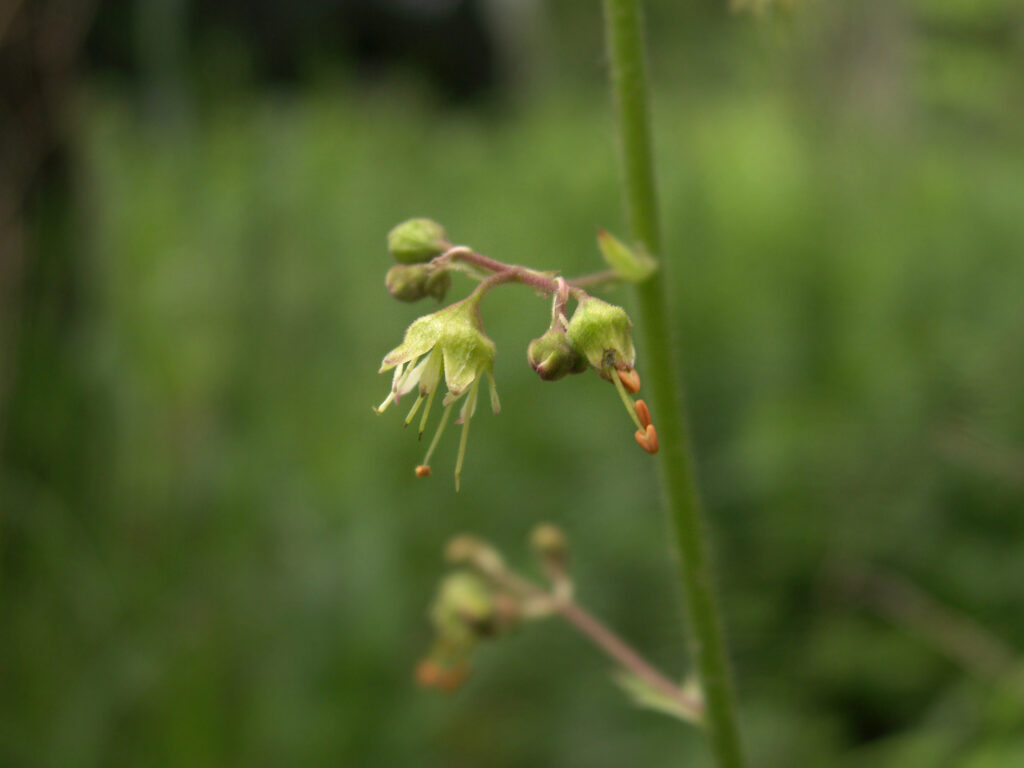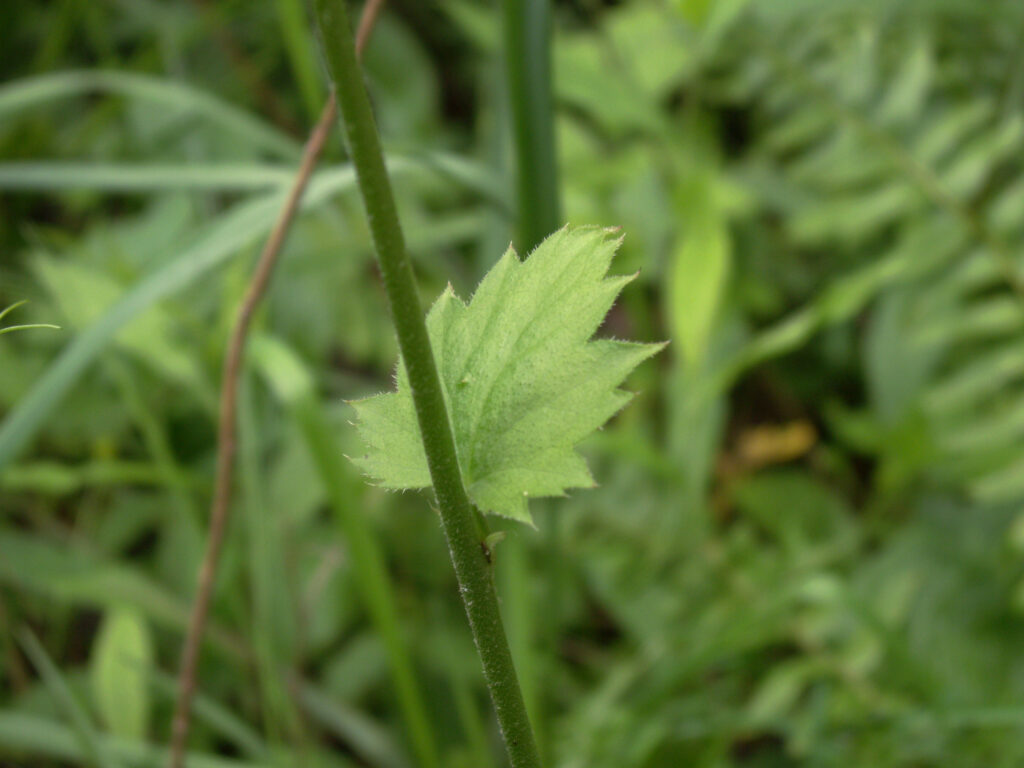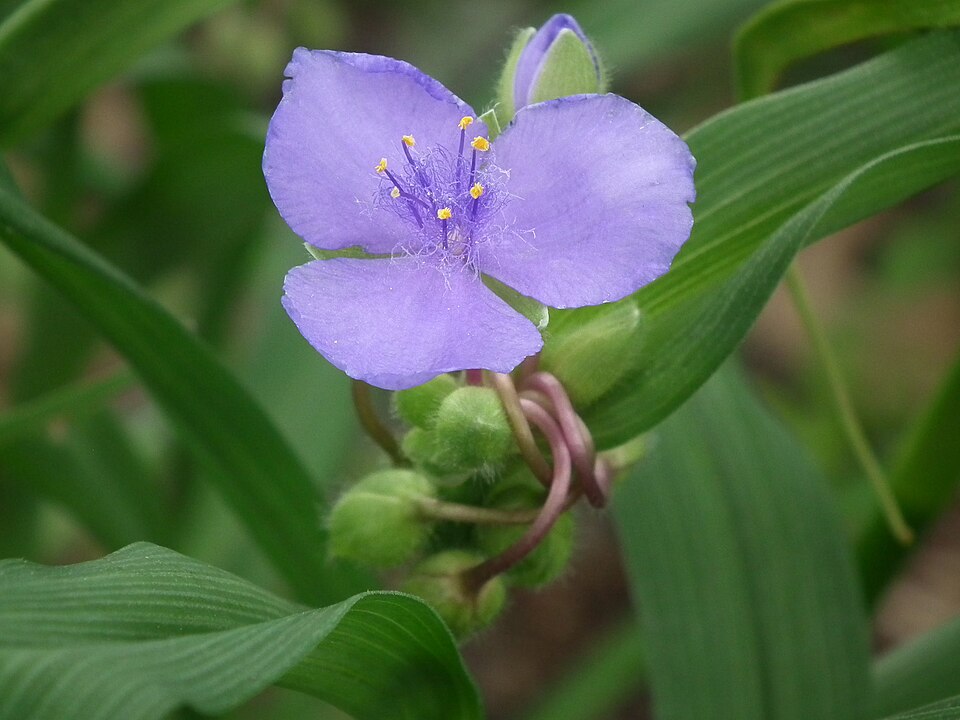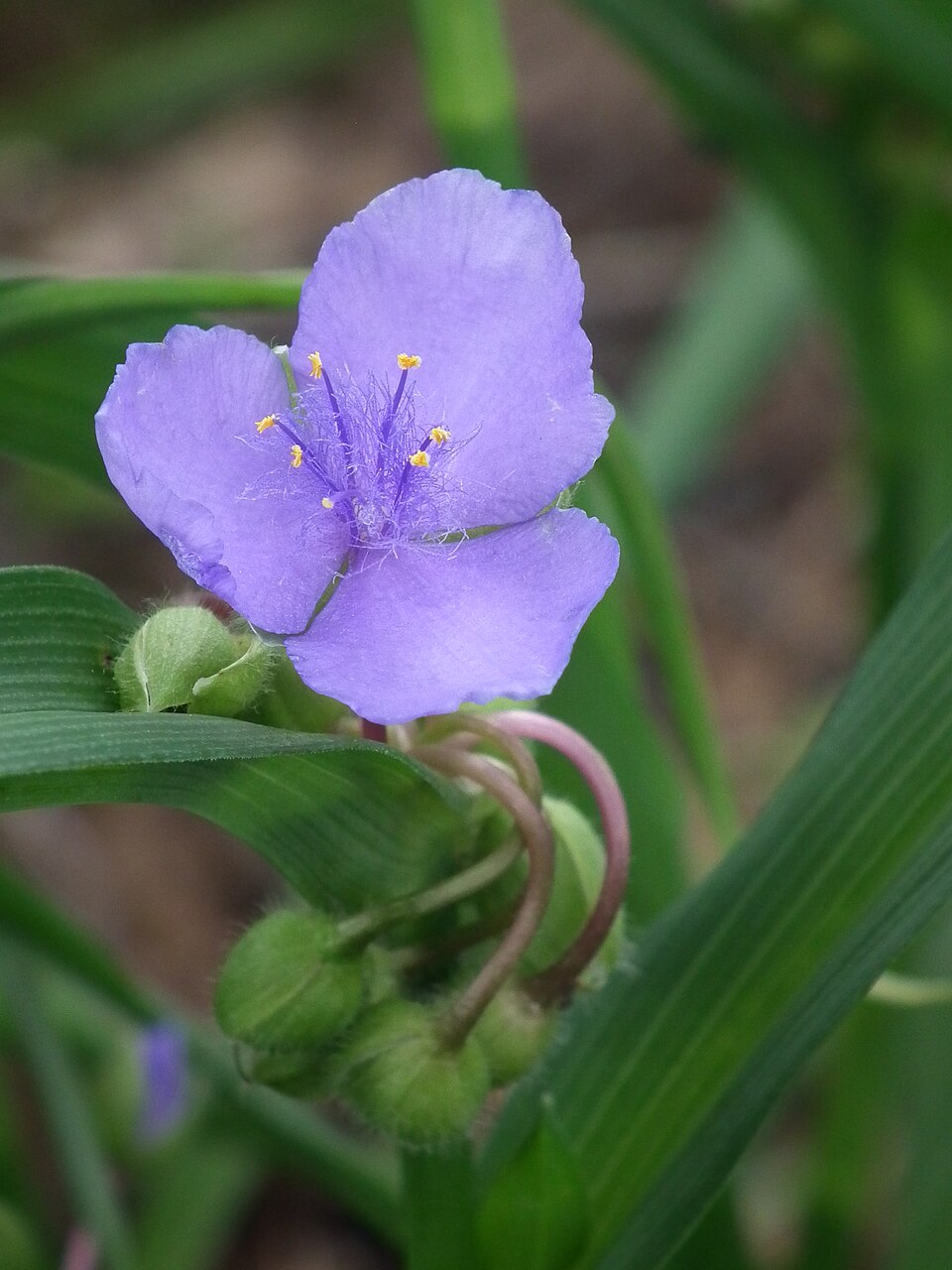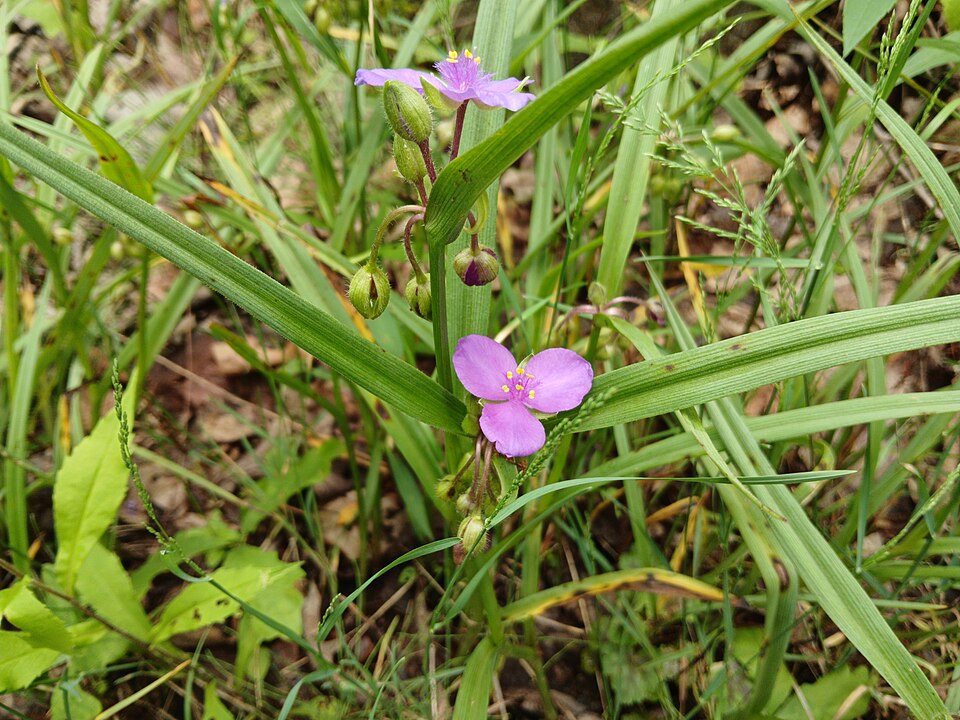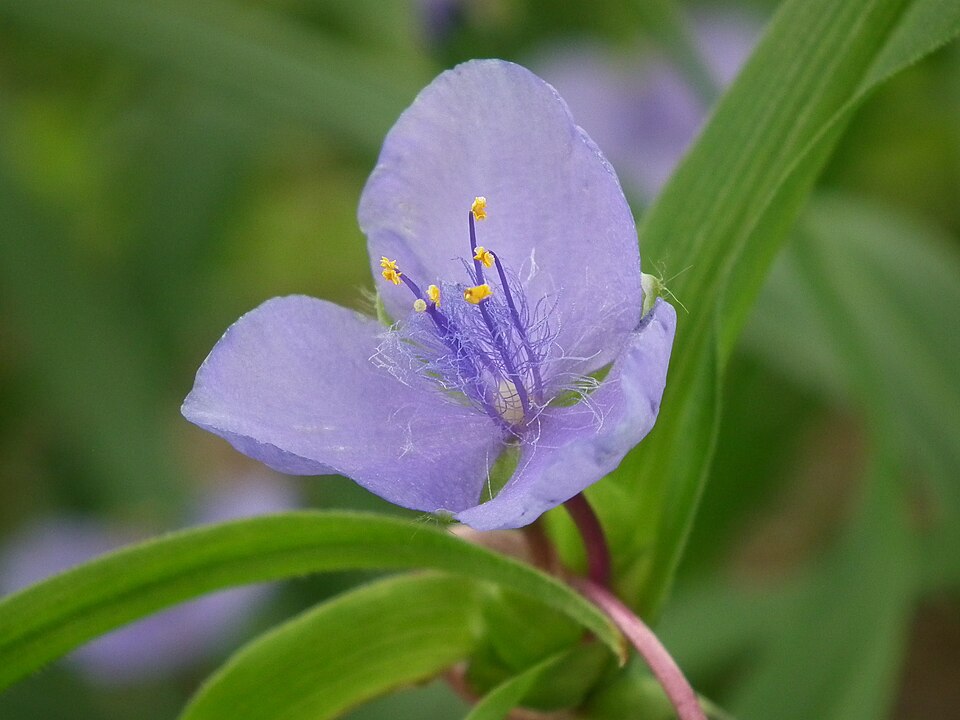
An adaptable weed also extensively planted as forage. The tiny flowers are easily missed in a weed patch, but a close look reveals that they are perfect miniature sweet peas. Ants seem to love it, and we have several pictures here of ant guests enjoying the plant and probably pollinating the flowers. These vines were all blooming on the grounds of Fallingwater in Mill Run.







Comments
